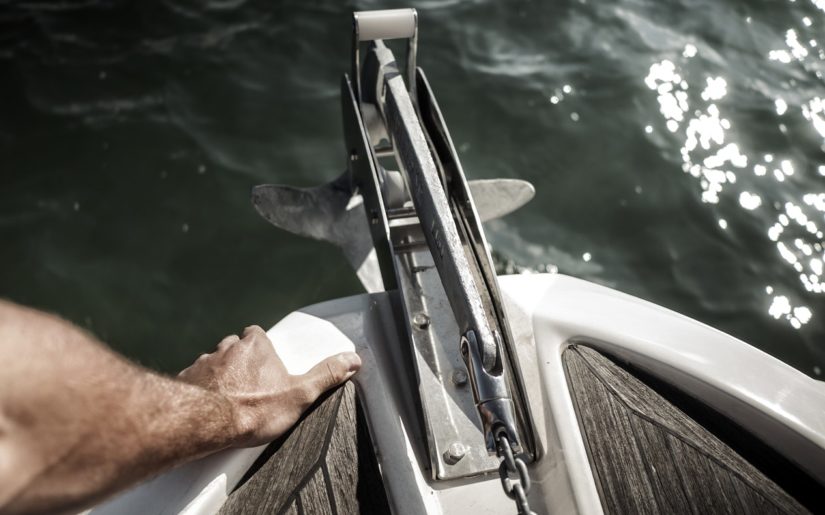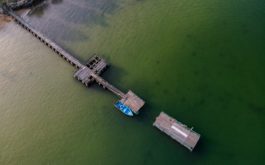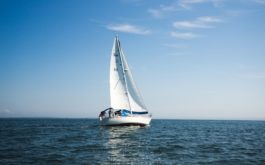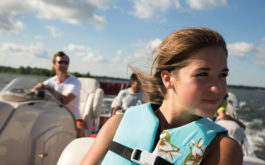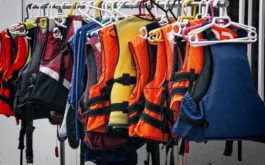Although anchors are not required on recreational boats, they’re a valuable piece of safety equipment. They can be used during an engine failure emergency or during bad weather to prevent you from drifting toward obstacles. An anchor can also be very convenient—you’ll need one if you plan to stop and swim or if you plan to stay overnight on your boat.
Anchor Types
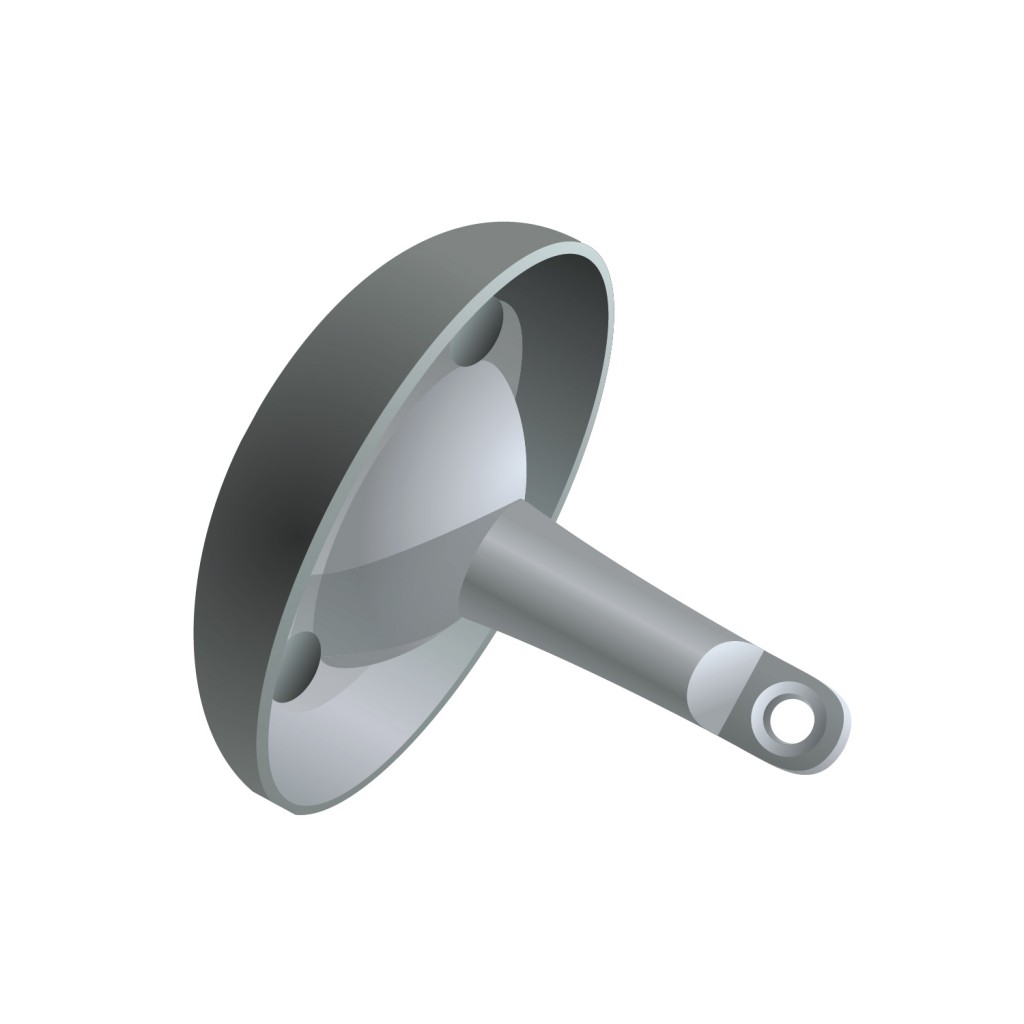
Mushroom-Style Anchor
This type of anchor sinks into the mud or sand to maintain a hold. They’re only recommended for use with smaller boats and only in good conditions.
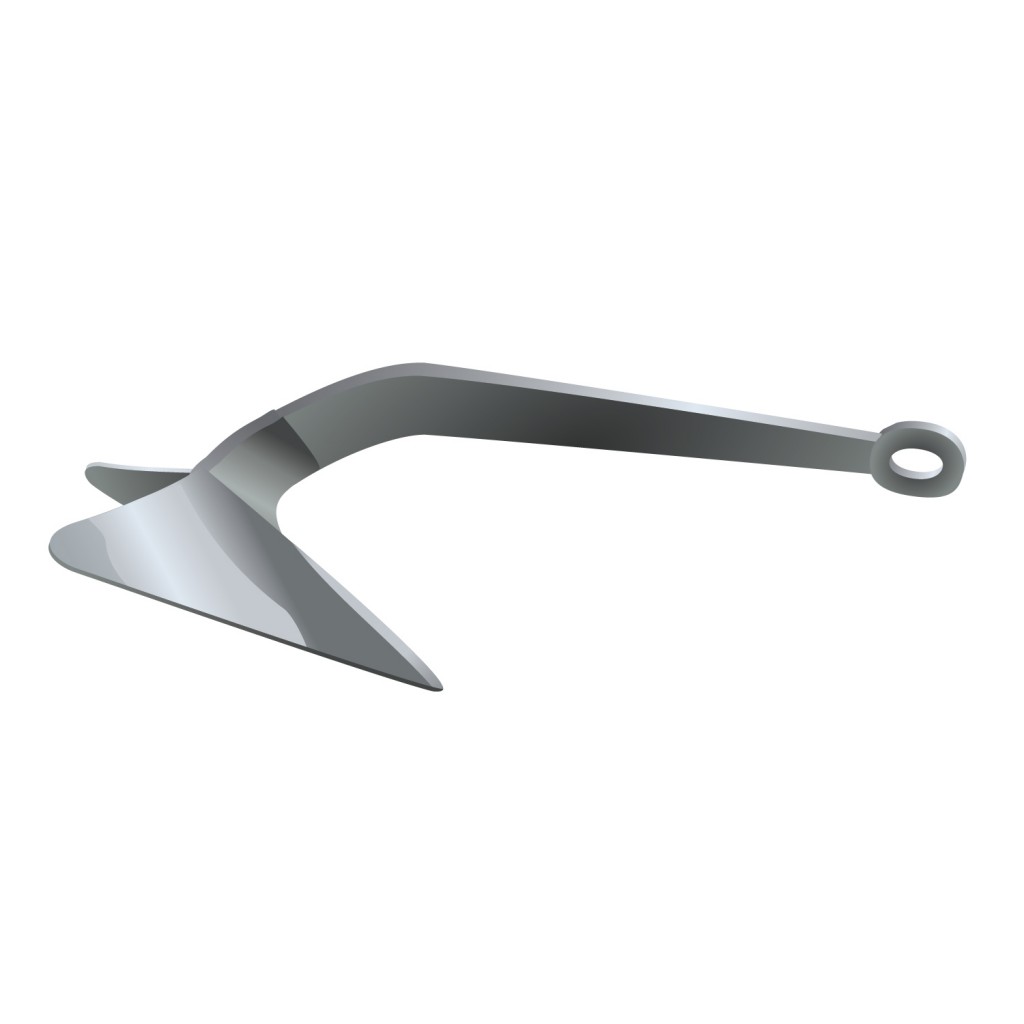
Plow-Style Anchor
This anchor type literally functions like a farmer’s plow. It has strong holding power because it drags along the waterway bottom and digs into the mud or sand.
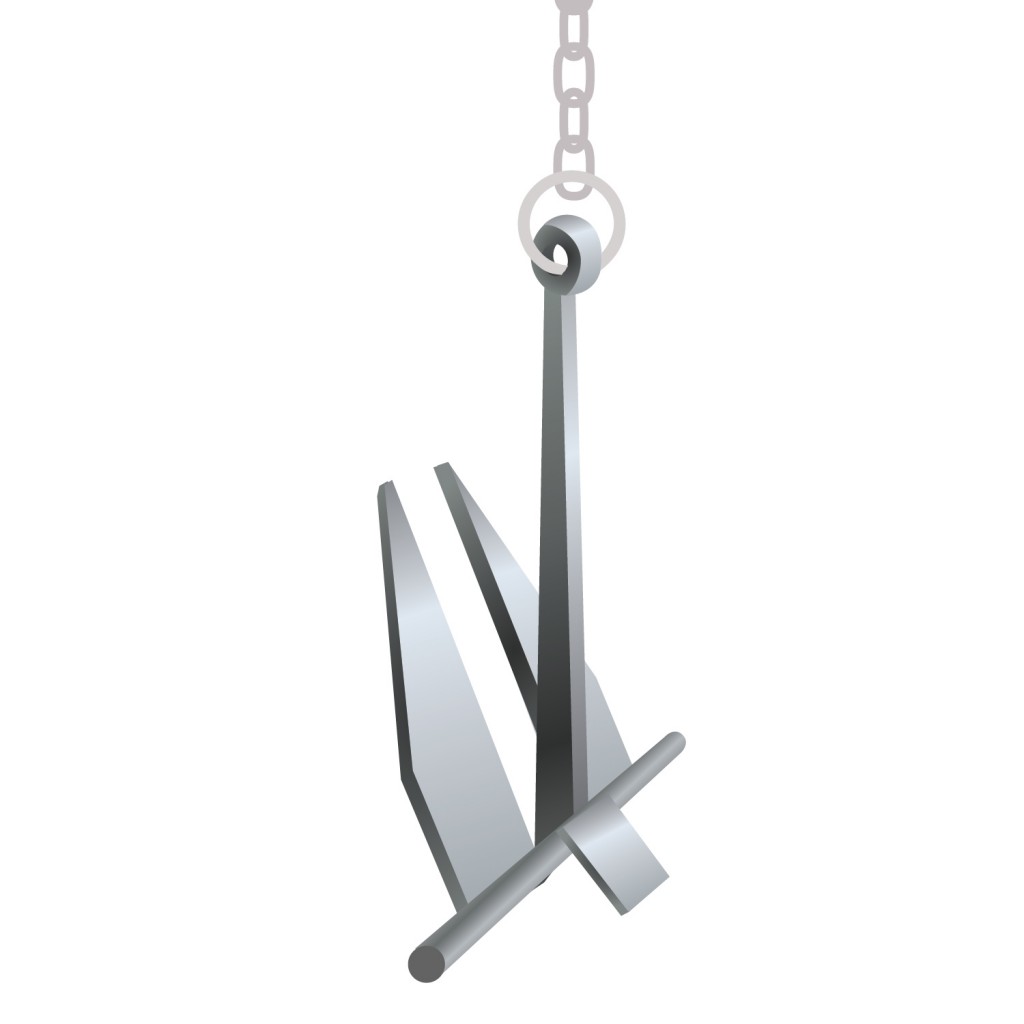
Fluke-Style Anchor
Also known as the ‘danforth anchor’, this anchor is similar to the plow-style except that it has pointed flukes that dig into the ground to provide holding power and it’s lighter in weight.
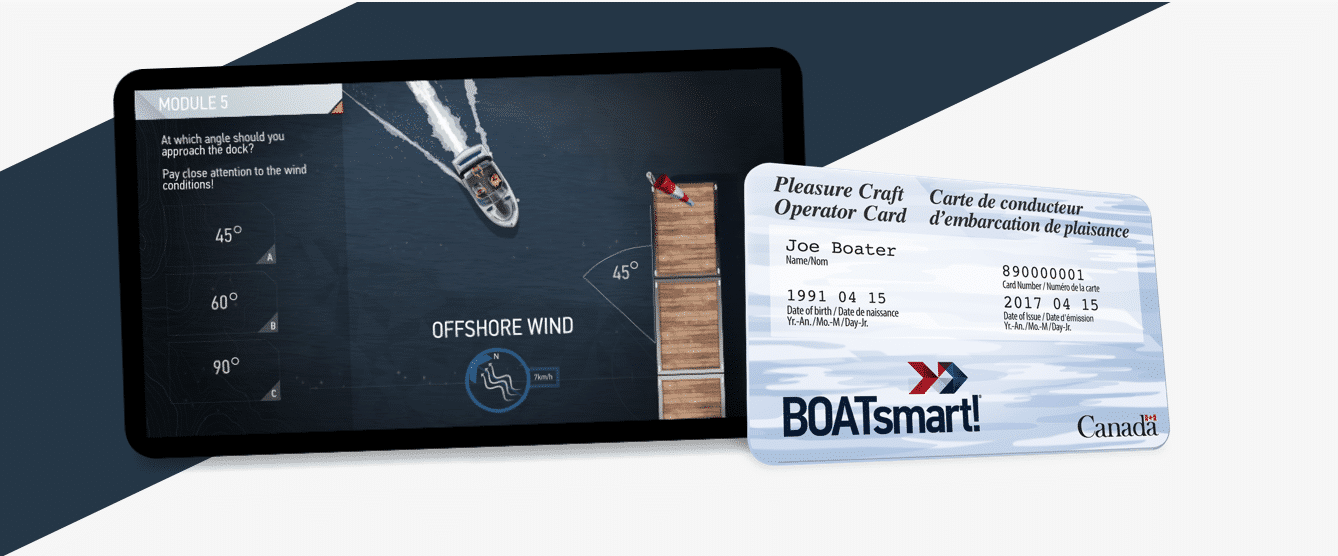
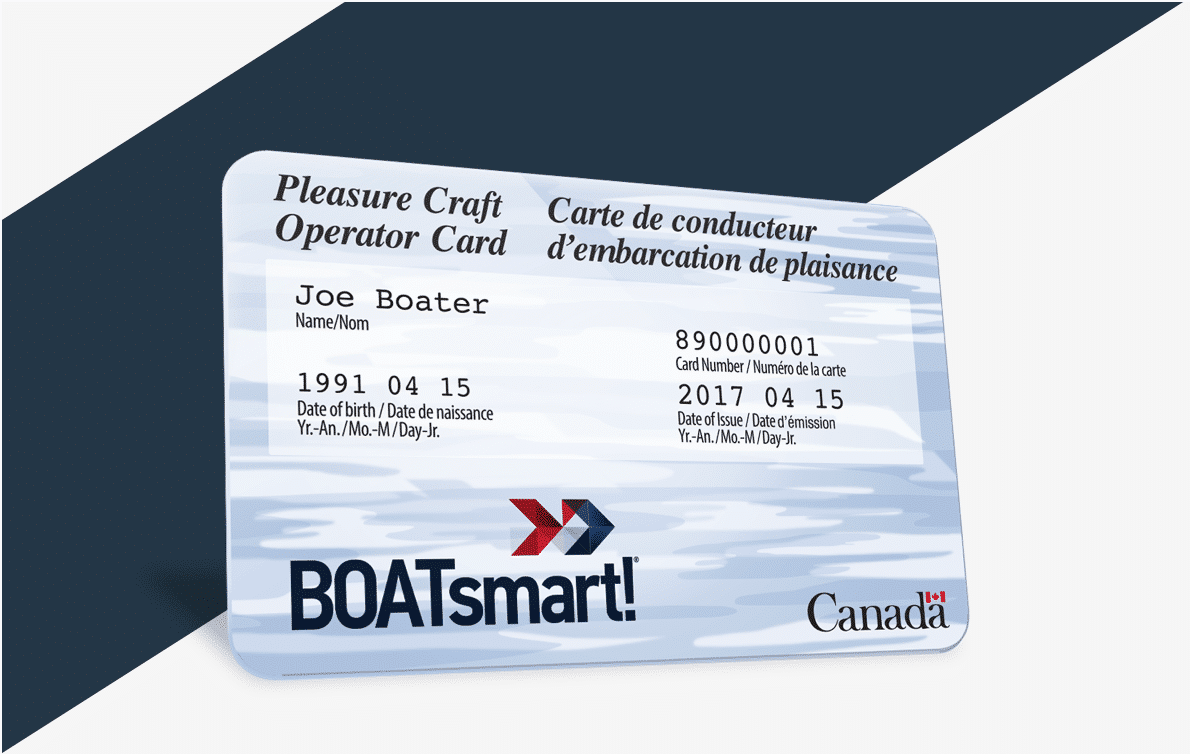
Get your Official Canadian
Boating License
The Official Transport Canada Boating Course, Test & License.
Get your Official Canadian
Boating License
The Official Transport Canada Boating
Course, Test & License.
Making the right choice depends on the size and weight of your boat, the waterway conditions and the characteristics of the waterway bottom (i.e. if it’s sand, rock or mud). Boat operators should refer to their owner’s manual to view the boat manufacturer’s recommendations for anchors.
How to Anchor Your Boat
Follow these steps to safely anchor your boat:
- Choose a safe area to anchor. Consider boat traffic, obstacles, wind and current.
- Ensure the inboard end of the anchor line is securely attached to the boat.
- Ensure the outboard end of the anchor line is securely attached to the anchor.
- Slowly lower the anchor over the bow until it reaches the waterway bottom. Note the distance to the bottom. Never throw the anchor over the side of the boat.
- Let the boat drift rearward or operate slowly in reverse to set the anchor.
- While the boat drifts, let out eight to ten times more anchor line than the depth of the water. This way, the rode will lie perfectly flat on the waterway bottom and pull the anchor in deeper.
- Once the anchor is set, choose two fixed landmarks on the horizon and occasionally check your relative position to ensure that your boat is not drifting. Remember, if you’re anchoring at night, you must display your boat’s all-round white light.
- To retrieve the anchor, slowly pull on the anchor line and move the boat forward until the anchor frees itself from the bottom. Then bring the anchor onto the boat and place it in a safe, secure location before getting underway.
Making the right choice depends on the size and weight of your boat, the waterway conditions and the characteristics of the waterway bottom (i.e. if it’s sand, rock or mud). Boat operators should refer to their owner’s manual to view the boat manufacturer’s recommendations for anchors.
Anchoring Safety Tips
- Attach a 3-6 foot length of galvanized chain to the anchor. A chain will be stronger than an anchor line made of rope and will better withstand abrasion from rocks and sediment.
- Attach a length of nylon anchor line to the end of the chain using an anchor swivel—this combination is called the ‘rode’—the nylon will stretch and act as a cushion for the strain between the boat and the anchor.
- Never secure the anchor to the stern of the boat
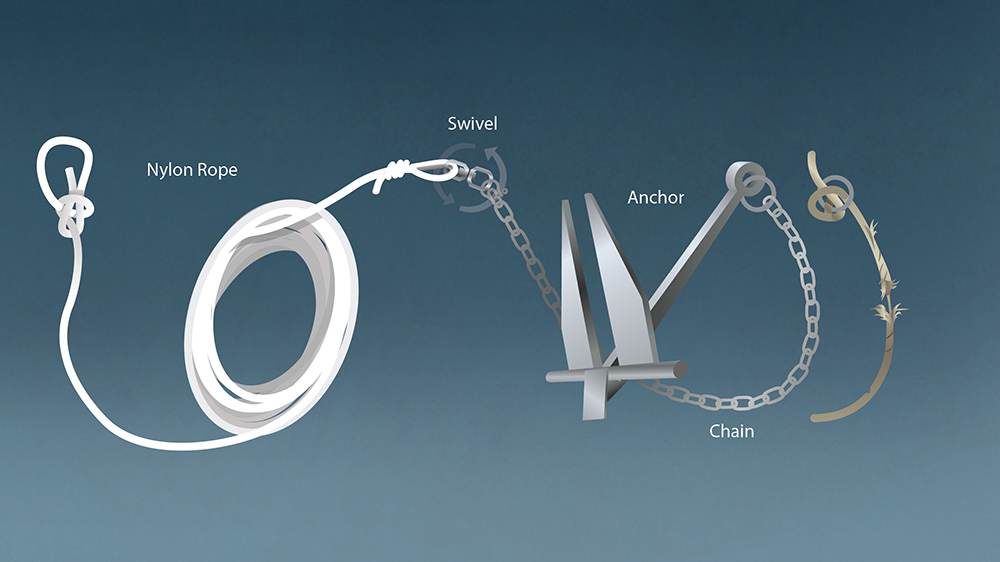
Many smaller boats have been swamped and have capsized as a result of stern anchoring. If your boat is attached at the stern, it will swing with the stern into the wind and the oncoming waves may crash over the transom, rather than up against the bow.
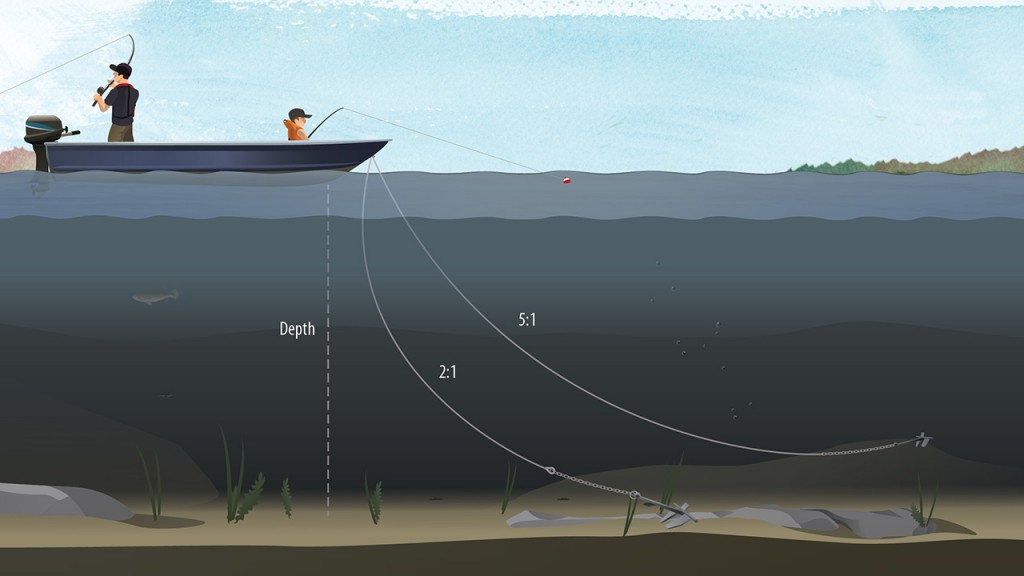
Choosing landmarks: Once the anchor is set choose two fixed landmarks on the horizon and occasionally check your relative position, to ensure that you are not drifting.
Swing: Never secure the anchor to the stern of the craft. If the wind changes direction, your boat will swing with the stern into the wind. Smaller boats can be easily swamped by waves crashing over the transom.
Right of swing: If you are preparing to set anchor in an anchorage among other boats, remember that the first craft into anchorage has the ‘right of swing’. Other boats may ‘swing’ with changes in wind direction. Always allow for another craft’s right of swing and anchor well clear.
Retrieving the anchor: To retrieve the anchor, slowly pull on the anchor line, move the boat forward until the anchor frees itself from the bottom, bring the anchor onto the craft and fasten securely.
